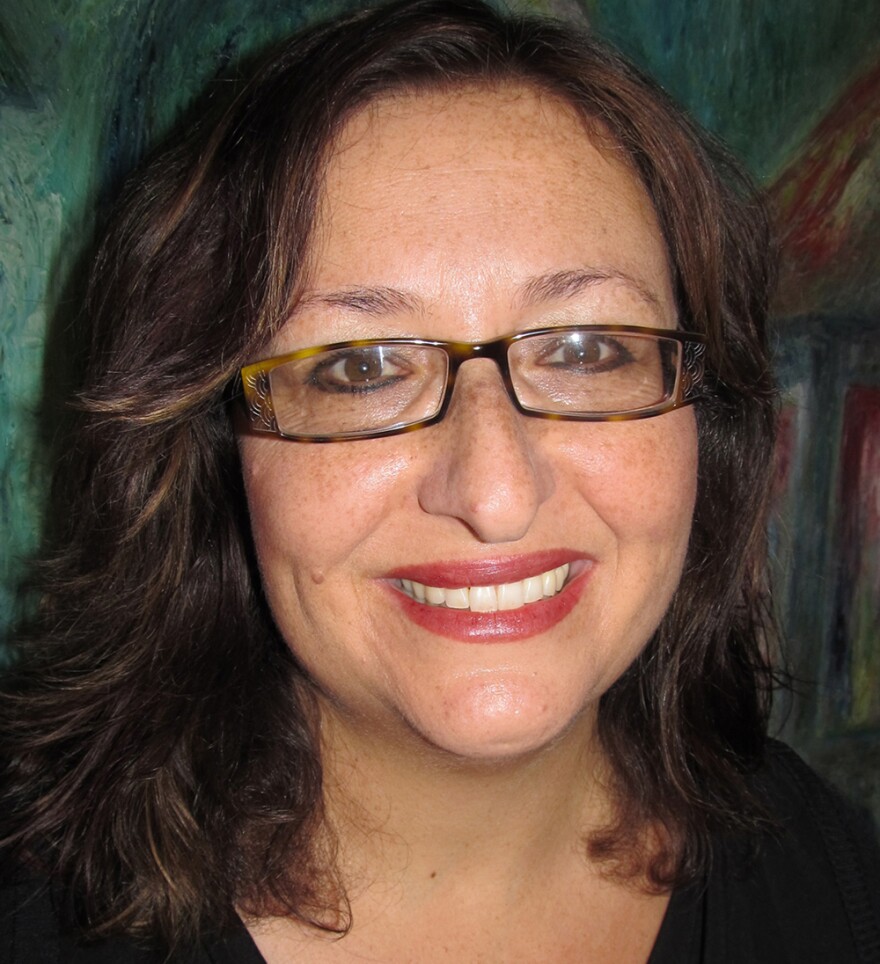
Millions of Americans speak a language other than English at home, and many of them are young children. Picture books are starting to reflect this diversity.
Monica Brown has written more than a dozen children's picture books with text in both English and Spanish. Raised bilingually by a South American mother and North American father, she says her inspiration comes from her own upbringing.
"It wasn't until I had children ... that I decided to write for children," Brown tells NPR's Arun Rath. "I knew I wanted to write stories that reflected the multi-ethnic, bilingual nature of my own family."
Two of her books center around the adventures of a Peruvian-Scottish-American girl — with brown skin, freckles and red hair. Marisol McDonald Doesn't Match introduces readers to the rambunctious character who is proud to be different.
Brown's latest book is Marisol McDonald and the Clash Bash.
Interview Highlights
On creating the character Marisol McDonald
She's a pirate, princess, soccer-playing artist, so she really doesn't fit people's expectations, and I think it's hard for kids that don't fit into boxes. ... In 2010, 15 percent of marriages were inter-racial, so this is the future, and I just did not see those books out there.
On getting Marisol McDonald books published
This manuscript, which was written, gosh, almost nine years ago, got more rejections than any other of the 14 books that I've ever published. I think, on the one hand, publishers were worried about potentially offending people because you can talk about challenging topics with children, but I think it's easier to go with books that depict television characters or sweet stories. And this is a sweet story, but it's also a different story, and I think people are afraid of what's different sometimes.
On including English and Spanish text in her books
Two languages exist side by side on the page, which is a beautiful thing because it allows moments of multiple literacy. So, a grandmother whose first language is Spanish, or an abuelita whose first language is Spanish, can share a moment of communication and delight with a child who is bilingual. And American-born Latinos who are learning Spanish can see two languages side by side on the page. ...
In fact, I know my books have been used to teach English-language learners here in my own community. I think picture books are especially useful for English-language learners because there's multiple cues to understanding.
Copyright 2023 NPR. To see more, visit https://www.npr.org.



